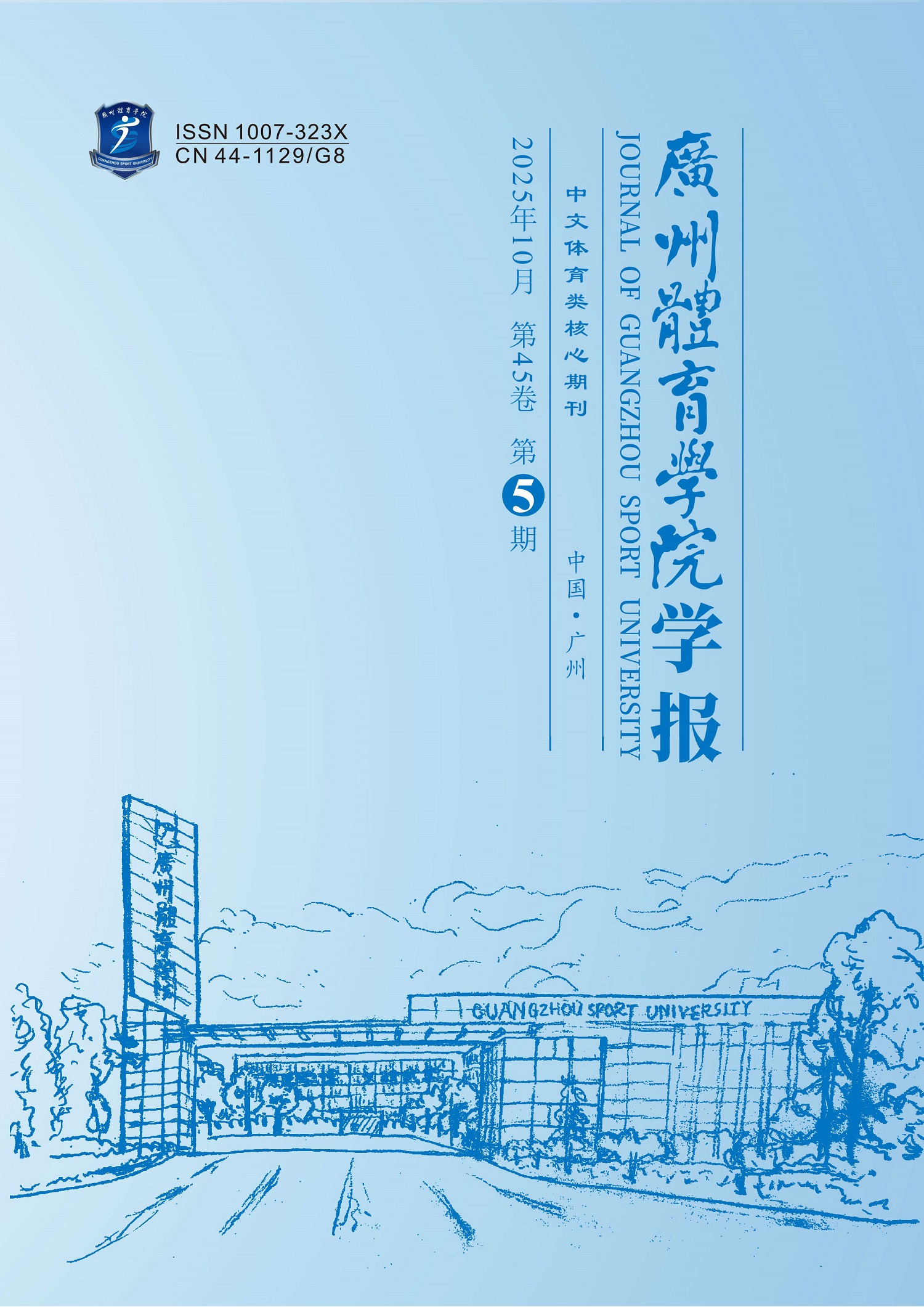CHEN Bao-xia, SHI Zhen-guo, REN Hai-yang
The 15th National Games of the People's Republic of China, jointly hosted by Guangdong, Hong Kong, and Macao, is bound to become a strategic fulcrum for promoting regional coordinated development and deepening the integrated construction practice of the Guangdong-Hong Kong-Macao Greater Bay Area in the context of the new era due to its special geographical location. This paper, based on the multi-center governance theory, systematically examines the mechanism of action and practical path for promoting the in-depth "Five-in-One" integration of the Greater Bay Area through methods such as literature review and logical analysis. The research reveals that the sports interaction among Guangdong, Hong Kong, and Macao has gone through five development stages: emotional bonding, economic driving, institutional integration, deepening and expansion, and strategic integration, which reflects a profound transformation from separate control to strategic integration. The organizational structure of the 15th National Games under the framework of "one country, two systems, and three legal regions" represents an institutional innovation for the Greater Bay Area to construct a collaborative governance model, and its value is manifested in five dimensions: politics, economy, culture, society, and ecology. However, the preparation for the Games faces structural challenges such as institutional differences, uneven resource allocation, divergence of values, obstacles to social integration, and lack of a sustainable mechanism. Accordingly, this paper proposes strategies such as improving the cross-regional collaborative governance mechanism, optimizing the allocation of regional elements, creating a shared cultural identity space, constructing a long-term exchange platform, and innovating a green and low-carbon model for hosting the Games, aiming to transform the 15th National Games from a "one-time event" into a "sustainable platform" for promoting the in-depth integration of the Greater Bay Area.
